- March: Tips and Tricks for Planting Vegetables for Seedlings
- 1. Choose the right vegetables for seedlings
- 2. Start seeds indoors
- 3. Provide proper care
- 4. Transplant outdoors
- 5. Provide adequate support
- 6. Monitor watering and fertilization
- 7. Practice crop rotation
- 8. Harvest at the right time
- Conclusion
- Selecting suitable vegetable seeds
- 1. Climate and Growing Conditions
- 2. Growing Space
- 3. Disease and Pest Resistance
- 4. Time to Harvest
- 5. Personal Preference
- 6. Seed Quality
- Preparing the planting containers
- Providing proper lighting
- Controlling temperature and humidity
- Temperature
- Humidity
- Choosing the right soil mix
- Factors to consider
- Soil mix recipes
- Watering techniques for seedlings
- 1. Watering from the bottom
- 2. Using a watering can with a fine nozzle
- 3. Monitoring soil moisture
- 4. Mulching
- 5. Using a watering schedule
- Fertilizing and nourishing the seedlings
- 1. Choosing the right fertilizer
- 2. Applying fertilizer
- 3. Organic fertilizers
- 4. Micronutrients
- 5. Watering and moisture
- 6. Mulching
- Transplanting the seedlings
- 1. Harden off the seedlings
- 2. Choose the right time for transplanting
- 3. Prepare the planting area
- 4. Transplant the seedlings
- 5. Provide proper care after transplanting
- “Question-Answer”
- What are the best vegetables to plant as seedlings in March?
- How do I start vegetable seedlings indoors in March?
- Can I plant carrots as seedlings in March?
- Should I use grow lights for my seedlings?
- How often should I water my vegetable seedlings?
- What are some common mistakes to avoid when starting seedlings in March?
- Can I plant seedlings outdoors in March?
- “Video” Harvesting Deshi Vegetables In Uk 2021
March is an ideal time to start planting vegetable seedlings for a bountiful summer harvest. Whether you have a small garden or just a few pots on a balcony, growing your own vegetables is a rewarding and fulfilling hobby. By starting your seedlings indoors in March, you can give them a head start and ensure they are strong and healthy when it’s time to transplant them outside.
One important tip for planting vegetables in March is to choose the right varieties that can withstand cooler temperatures. Hardy vegetables like kale, spinach, and Swiss chard are perfect for early planting. These cold-tolerant plants can be started from seeds indoors and then transplanted outside once the soil has warmed up.
Another important factor to consider when planting seedlings in March is providing them with proper care. Make sure to provide enough light, warmth, and moisture for the seedlings to thrive. Using grow lights or placing the seedlings near a sunny window can help them receive enough sunlight. Additionally, using a seedling heat mat or placing the seedlings on top of a warm surface can help maintain the ideal temperature for their growth.
Lastly, it’s essential to be patient and not rush the process. While it can be tempting to transplant seedlings outside as soon as the weather starts to warm up, it’s crucial to wait until the soil is consistently warm and the risk of frost has passed. This will ensure that your seedlings have the best chance of survival and will lead to a successful harvest later in the season.
In conclusion, planting vegetables for seedlings in March requires careful consideration of the right varieties, proper care, and patience. By following these tips and tricks, you can start your growing season early and enjoy a fruitful harvest of homegrown vegetables.
March: Tips and Tricks for Planting Vegetables for Seedlings
1. Choose the right vegetables for seedlings
When planting vegetables for seedlings in March, it’s important to choose the right vegetables that can tolerate the cooler temperatures and shorter daylight hours of early spring. Some good options for March planting include lettuce, spinach, kale, broccoli, cauliflower, and cabbage.
2. Start seeds indoors
To give your vegetables a head start, it’s best to start the seeds indoors in trays or pots. Fill the containers with a well-draining potting mix and sow the seeds according to the packet instructions. Place the trays in a warm location with plenty of sunlight or use grow lights to provide adequate light for germination.
3. Provide proper care
During the early stages of seedling growth, it’s important to provide proper care to ensure healthy plants. Keep the soil moist but not saturated by watering gently and regularly. Monitor the seedlings for any signs of pests or diseases, and take prompt action if needed. As the seedlings grow, gradually acclimate them to outdoor conditions by exposing them to sunlight and outdoor temperatures for a few hours each day.
4. Transplant outdoors
Once the danger of frost has passed and the seedlings have grown stronger, it’s time to transplant them outdoors. Prepare the garden bed by loosening the soil and adding organic matter to improve its structure and fertility. Dig a hole for each seedling, making sure it’s deep enough to accommodate the roots. Gently remove the seedlings from their containers, taking care not to damage the roots, and place them in the holes. Firmly press the soil around the base of each seedling to eliminate any air pockets.
5. Provide adequate support
Some vegetables, such as tomatoes and cucumbers, may require support as they grow. Install stakes, trellises, or cages to provide support and prevent the plants from sprawling on the ground. Regularly tie the plants to their supports as they grow taller to keep them upright and prevent them from bending or breaking.
6. Monitor watering and fertilization
Throughout the growing season, it’s important to monitor the watering needs of your vegetable plants and provide adequate moisture. Water deeply and consistently, ensuring that the soil is evenly moist. Additionally, fertilize the plants regularly with a balanced vegetable fertilizer to provide essential nutrients for healthy growth and development.
7. Practice crop rotation
To prevent the buildup of pests and diseases in the soil, practice crop rotation by planting different vegetable families in different areas of your garden each year. This helps to break the life cycles of pests and reduces the risk of disease transmission.
8. Harvest at the right time
Keep an eye on your vegetable plants and harvest the crops at the right time. Each vegetable has its own optimal harvest time, which can be found on the seed packet or through gardening resources. Harvesting at the right time ensures the best flavor and quality of the vegetables.
Conclusion
Planting vegetables for seedlings in March requires careful selection, proper care, and attention to ensure successful growth. By following these tips and tricks, you can enjoy a bountiful harvest of fresh vegetables from your own garden.
Selecting suitable vegetable seeds
When choosing vegetable seeds for planting in March, it is important to consider several factors to ensure successful growth and development. Here are some tips to help you select suitable vegetable seeds:
1. Climate and Growing Conditions
Consider the climate and growing conditions of your region when selecting vegetable seeds. Some plants thrive in cooler temperatures, while others prefer warmer conditions. Check the seed packet or catalog for information on the ideal climate and growing conditions for each vegetable variety.
2. Growing Space
Take into account the available growing space in your garden or containers. Some vegetables, like tomatoes and peppers, require a lot of space to grow, while others, like lettuce and radishes, can be grown in smaller areas. Choose seeds that are appropriate for the space you have available.
3. Disease and Pest Resistance
Look for vegetable seeds that have disease and pest resistance. This will help reduce the risk of plant damage and ensure healthier plants. Check the seed packet or catalog for information on disease and pest resistance for each variety.
4. Time to Harvest
Consider the time to harvest when selecting vegetable seeds. Some vegetables, like lettuce and radishes, have a quick maturity time and can be harvested within a few weeks of planting. Others, like tomatoes and peppers, take longer to mature and may require more time and effort before you can harvest their fruits.
5. Personal Preference
Choose vegetable seeds based on personal preference. Consider what vegetables you enjoy eating and what varieties may be difficult to find in your local market. Growing your own vegetables allows you to experiment with different flavors and varieties that may not be readily available.
6. Seed Quality
Make sure to choose seeds of good quality. Look for reputable seed companies that offer reliable and high-quality seeds. Check for information on germination rates, seed purity, and any certifications or guarantees offered by the company.
By considering these factors, you can select suitable vegetable seeds that will thrive in your gardening environment and provide you with a successful harvest.
Preparing the planting containers
Before starting the process of planting vegetable seedlings in March, it is important to properly prepare the planting containers. Here are some tips to follow:
- Clean and disinfect: Start by cleaning the containers to remove any debris or dirt. Once clean, disinfect them by washing with a solution of 1 part bleach to 9 parts water. This will help in preventing any potential diseases.
- Choose the right container: Select containers that are suitable for seedling growth. These can include seed trays, starter pots, or recycled containers that have drainage holes.
- Add drainage: Ensure that the containers have proper drainage to prevent waterlogging. Use pots with drainage holes or add a layer of gravel at the bottom.
- Use sterile soil: Opt for sterile soil or seed starting mix to reduce the risk of soil-borne diseases. This will provide a healthy environment for seedling growth.
- Fertilize: Before planting the seeds, add a slow-release fertilizer or organic matter to provide the necessary nutrients for the seedlings.
- Label the containers: It is essential to label each container with the name of the vegetable or variety being planted. This will help in keeping track of the different seedlings.
- Prepare a watering system: Set up a watering system to ensure that the seedlings receive adequate moisture. This can include a drip irrigation system or a spray bottle for manual watering.
Following these steps will ensure that the planting containers are ready for seedling growth in March. Remember to keep the containers in a warm and well-lit area to promote healthy development.
Providing proper lighting
To ensure healthy and vigorous growth of vegetable seedlings in March, it is crucial to provide them with proper lighting. Since the days are still relatively short and sunlight might be limited, it is necessary to supplement natural light with artificial light sources.
Here are some tips and tricks to provide adequate lighting for your vegetable seedlings:
- Choose the right light bulbs: LED grow lights or fluorescent lights are recommended for vegetable seedlings. They provide the necessary wavelengths of light for photosynthesis and can be adjusted to different growth stages.
- Position the lights: Hang the lights 6-12 inches above the seedlings, adjusting the distance as the plants grow. Make sure the lights cover the entire seedling tray and are evenly distributed.
- Provide sufficient light duration: Vegetable seedlings generally require around 12-16 hours of light per day. Use a timer to automate the lighting schedule and ensure consistent exposure.
- Rotate the seedlings: To promote even growth, rotate the seedlings every few days so that all sides receive equal exposure to light. This prevents the plants from leaning toward the light source.
- Monitor light intensity: Different plants have different light requirements. Keep an eye on the seedlings and adjust the light intensity accordingly. If the seedlings appear leggy or pale, increase the light intensity. If they show signs of burning or wilting, decrease the intensity.
By providing proper lighting for your vegetable seedlings, you can ensure they get the energy they need for healthy development. Remember to combine artificial lighting with natural light whenever possible, as natural sunlight is still the best source of nourishment for plants.
Controlling temperature and humidity
Temperature and humidity are two important factors to consider when planting vegetables for seedlings in March. Proper control of these factors can greatly affect the success of your seedlings. Here are some tips and tricks to help you maintain the ideal temperature and humidity levels:
Temperature
- Keep the temperature between 65°F (18°C) and 75°F (24°C) during the day to promote healthy growth.
- Lower the temperature slightly to around 60°F (15°C) during the night to simulate natural outdoor conditions.
- Use a thermometer to monitor the temperature and make any necessary adjustments.
- If the temperature is too high, provide shade or use a fan to circulate the air and cool down the environment.
- If the temperature is too low, use heating mats or a space heater to raise the temperature.
Humidity
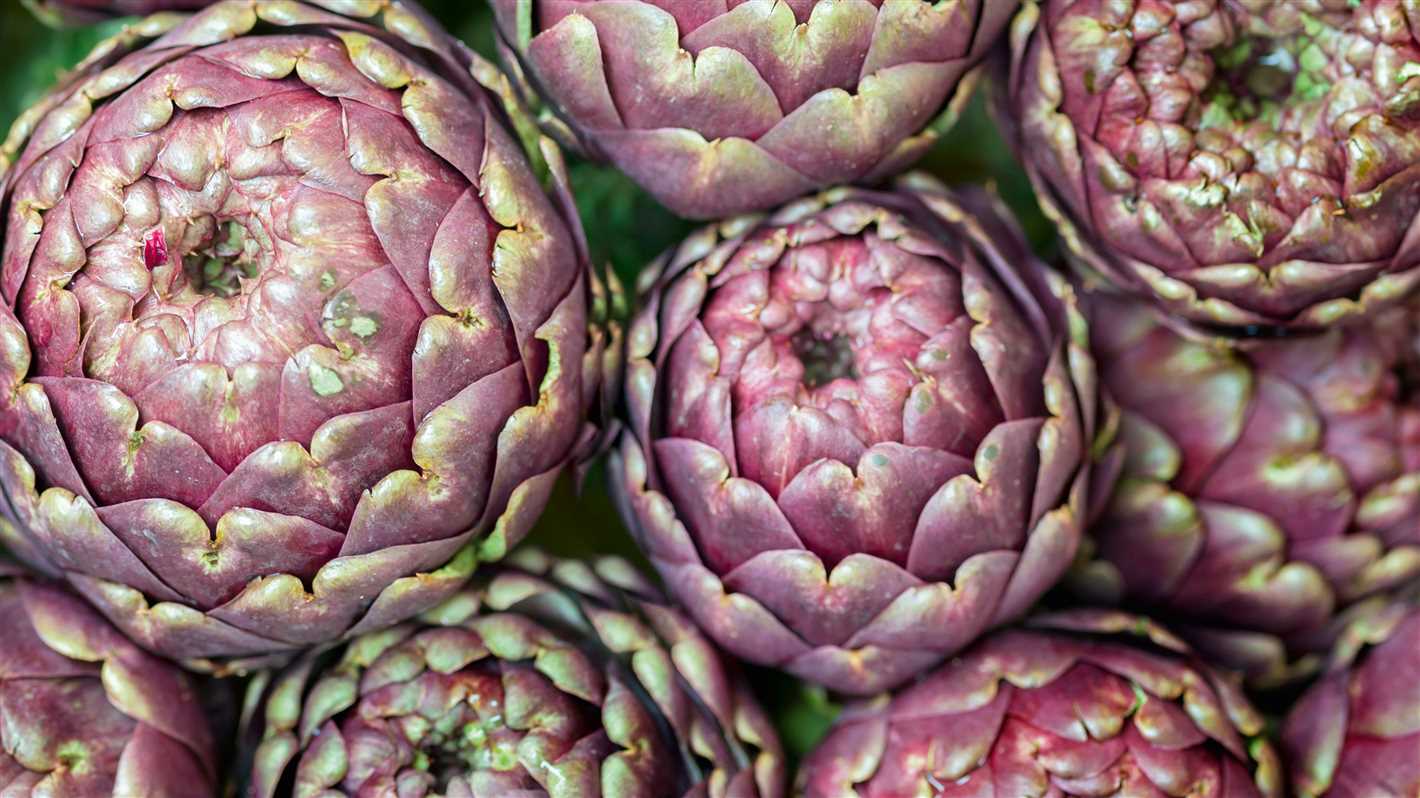
- Maintain a humidity level between 40% and 60% to prevent the seedlings from drying out.
- Place a humidity tray filled with water near the seedlings to increase the humidity in the air.
- Mist the seedlings lightly with water using a spray bottle to provide additional moisture.
- If the humidity is too high, use a dehumidifier or increase ventilation to reduce excess moisture.
- If the humidity is too low, use a humidifier or place a wet towel near the seedlings to increase humidity.
By controlling the temperature and humidity levels, you can create an optimal environment for your vegetable seedlings to grow and thrive. Remember to regularly monitor and adjust these factors to ensure the best possible conditions for your plants.
Choosing the right soil mix
When it comes to planting vegetables for seedlings in March, choosing the right soil mix is crucial for the success of your plants. The soil mix you use should provide the necessary nutrients, moisture retention, and drainage for your seedlings to thrive.
Factors to consider
- Nutrient content: The soil mix should be rich in nutrients such as nitrogen, phosphorous, and potassium, which are essential for healthy plant growth. Look for a mix that contains organic matter, compost, or well-rotted manure.
- Moisture retention: Seedlings require consistent moisture for proper growth. Choose a soil mix that retains moisture well, but also allows for proper drainage to prevent waterlogging.
- Texture: The texture of the soil mix is important for root development. It should be loose and crumbly, allowing the roots to easily penetrate the soil and absorb nutrients and water.
- pH level: The pH level of the soil mix should be suitable for the specific vegetables you are planting. Most vegetables prefer a slightly acidic to neutral pH range.
Soil mix recipes
Here are a few soil mix recipes that you can try:
- Basic soil mix:
- Potting mix:
- Raised bed mix:
| 1 part garden soil | 1 part compost | 1 part perlite or vermiculite |
| 2 parts peat moss | 1 part vermiculite | 1 part perlite |
| 3 parts garden soil | 2 parts compost | 1 part perlite or vermiculite |
Remember to thoroughly mix the ingredients together and ensure they are well blended before filling your seedling containers or garden beds. Regularly monitor the moisture levels and adjust watering accordingly. With the right soil mix, your vegetable seedlings will have a strong start and be ready for transplanting when the time comes.
Watering techniques for seedlings
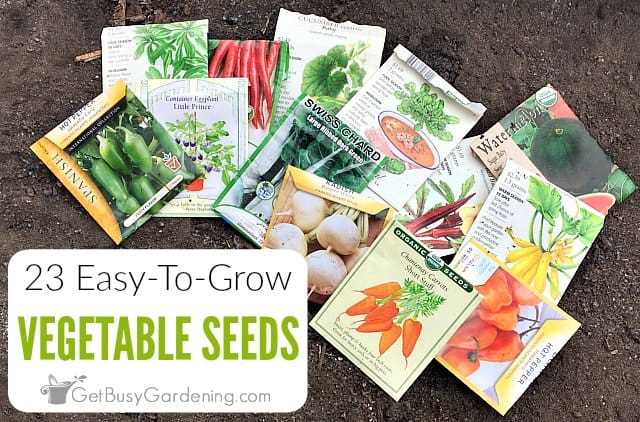
Proper watering is essential for the healthy growth of seedlings. Here are some techniques to ensure your seedlings receive the right amount of water:
1. Watering from the bottom
One effective technique for watering seedlings is to water them from the bottom. Place the seedling trays in a shallow container filled with water. The seedlings will absorb the water through the drainage holes in the bottom of their containers, preventing the risk of overwatering and allowing them to develop strong root systems.
2. Using a watering can with a fine nozzle
When watering seedlings from above, it is important to use a watering can with a fine nozzle. This allows for a gentle and controlled flow of water, preventing the risk of damaging the delicate seedlings or causing soil erosion. It is also advisable to water the seedlings in the morning or evening when temperatures are cooler, as this helps to minimize water loss due to evaporation.
3. Monitoring soil moisture
Regularly check the moisture level of the soil to ensure the seedlings are receiving adequate water. Stick your finger about an inch into the soil, if it feels dry, it’s time to water. However, be careful not to overwater, as this can lead to rot or the development of fungal diseases. It is better to provide a steady, consistent level of moisture rather than frequent heavy watering.
4. Mulching
Applying a layer of organic mulch around the seedlings can help retain moisture in the soil and reduce the need for frequent watering. Mulch also helps to regulate soil temperature and suppresses weed growth, which can compete for water and nutrients. Use materials such as straw, wood chips, or compost, and apply a layer about 2-3 inches thick.
5. Using a watering schedule
Establishing a watering schedule can help maintain consistent moisture levels for the seedlings. This can be especially useful for busy gardeners or those who tend to forget to water. Set a specific day or days of the week to water the seedlings, taking into account the weather conditions and the moisture needs of the plants.
By following these watering techniques, you can ensure that your seedlings receive the right amount of water to grow into healthy and vibrant plants.
Fertilizing and nourishing the seedlings
Fertilizing and providing proper nutrition to seedlings is important for their healthy growth and development. Here are some tips and tricks to nourish your seedlings:
1. Choosing the right fertilizer
It is important to choose a balanced fertilizer that is suitable for seedlings. Look for fertilizers with a balanced ratio of nitrogen (N), phosphorus (P), and potassium (K). A balanced fertilizer will provide the essential nutrients needed for healthy seedling growth.
2. Applying fertilizer
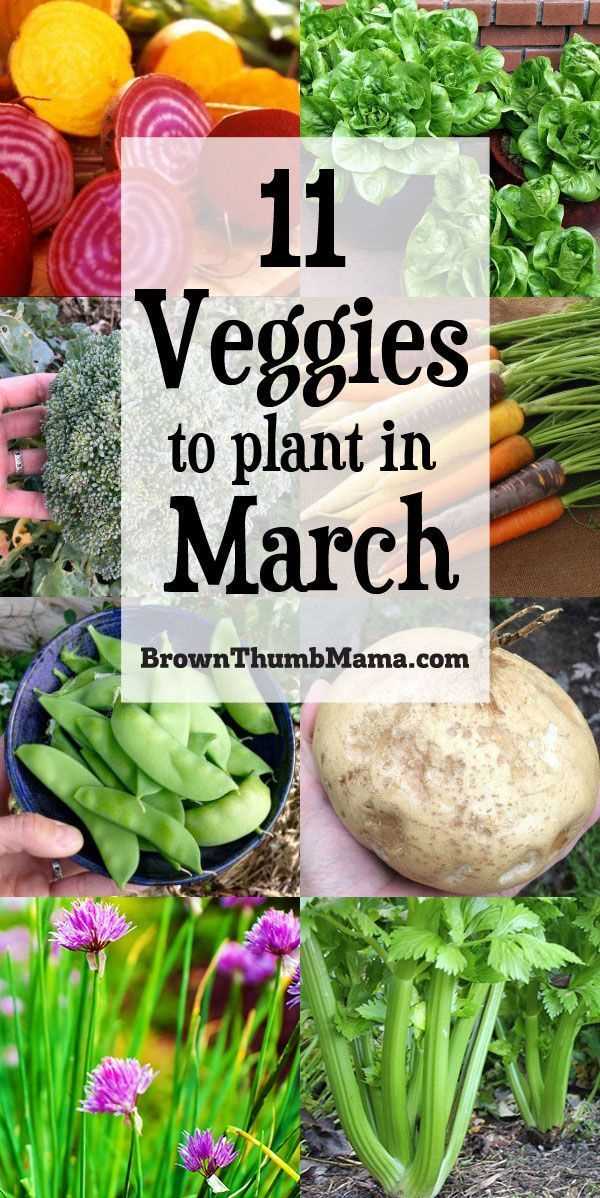
Start fertilizing your seedlings when they have developed their first true leaves. Dilute the fertilizer according to the instructions provided on the package. Apply the fertilizer solution to the soil around the seedlings, avoiding direct contact with the leaves. Over-fertilizing can burn the roots, so make sure to follow the recommended dosage.
3. Organic fertilizers
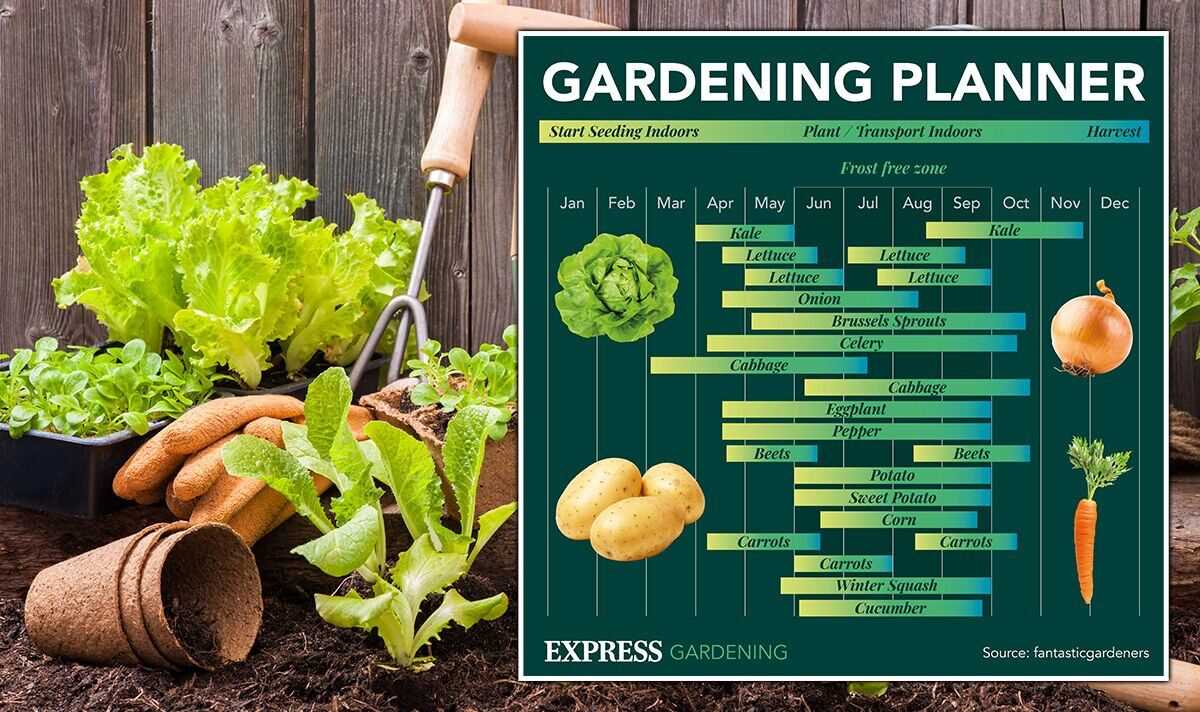
If you prefer organic options, there are various organic fertilizers available. Organic fertilizers provide a slow-release of nutrients, which can be beneficial for seedlings. Compost, well-rotted manure, and seaweed extracts are some examples of organic fertilizers that can be used to nourish your seedlings.
4. Micronutrients
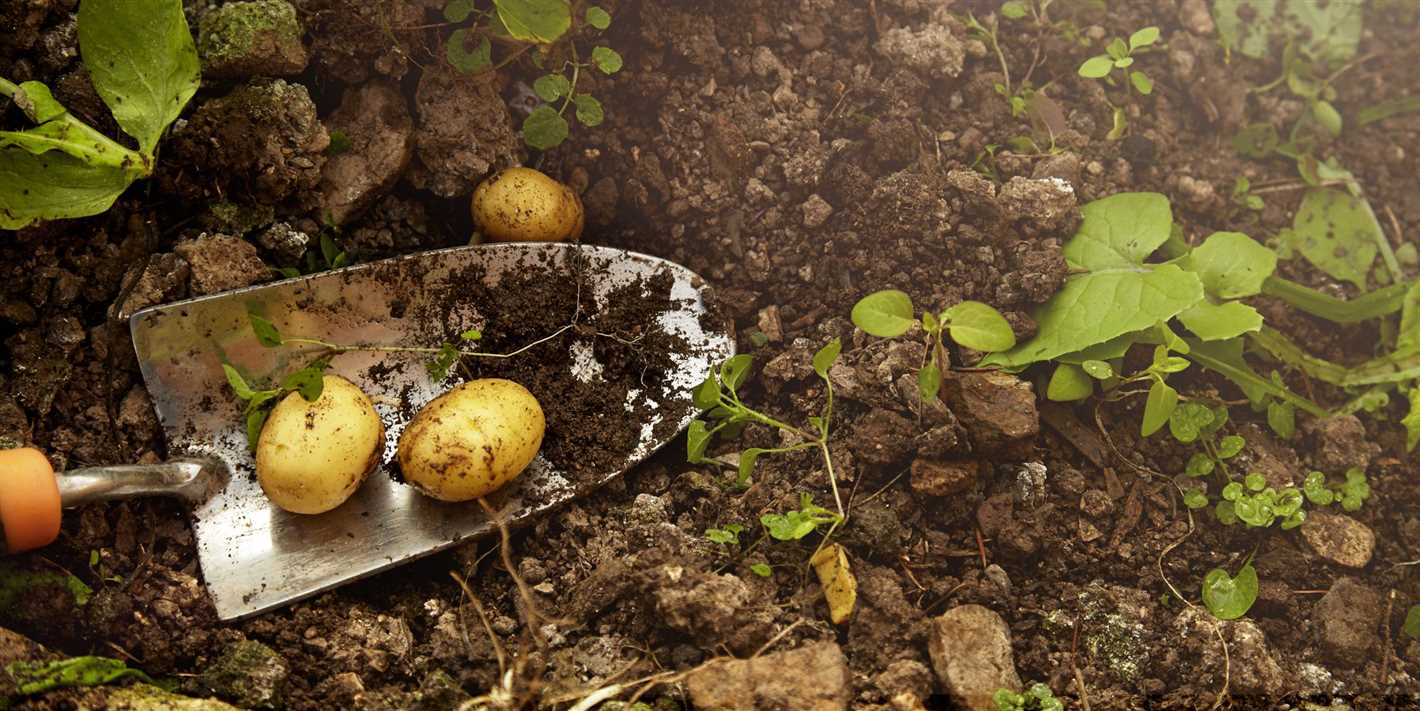
In addition to macronutrients like nitrogen, phosphorus, and potassium, seedlings also require micronutrients for proper growth. Micronutrients like iron, zinc, and manganese can be added to the soil or applied as a foliar spray to provide the necessary trace elements for healthy seedling development.
5. Watering and moisture
Proper watering is crucial for the absorption of nutrients by the seedlings. Water the seedlings regularly, keeping the soil moist but not waterlogged. Allow the top layer of soil to dry out slightly before watering again. This helps prevent issues like overwatering and root rot.
6. Mulching
Mulching the soil around the seedlings can help retain moisture and regulate temperature. Organic mulches like straw or wood chips also provide additional nutrients as they break down. Mulching helps reduce weed growth and protects the seedlings from extreme temperature fluctuations.
By following these tips and tricks, you can ensure that your seedlings receive the right nourishment and grow into healthy, robust plants.
Transplanting the seedlings
After your vegetable seedlings have grown strong and are ready to be transplanted outdoors, there are a few steps you need to follow to ensure their successful transition.
1. Harden off the seedlings
Before transplanting your seedlings, it’s important to harden them off gradually. This process helps acclimate the plants to the outdoor conditions, including sunlight, temperature, and wind. Start by placing the seedlings outside for a few hours each day, gradually increasing the time over the course of a week. This will prevent shock and allow the seedlings to adapt to the new environment.
2. Choose the right time for transplanting
Transplanting seedlings should be done at the right time, considering the specific requirements of each vegetable. Some vegetables, such as tomatoes and peppers, need warm soil temperatures, while others, like lettuce and peas, prefer cooler temperatures. Check the recommended planting time for each crop and make sure all risk of frost has passed before transplanting.
3. Prepare the planting area
Prior to transplanting, prepare the soil in the planting area. Remove any weeds, loosen the soil, and add compost or organic matter to improve its fertility. This will create a favorable environment for the seedlings to establish and grow.
4. Transplant the seedlings
When transplanting the seedlings, dig holes in the prepared soil that are slightly larger than the root ball of each plant. Carefully remove each seedling from its container, being cautious not to damage the roots. Place the seedling into the hole, making sure it is planted at the same depth as it was in the container. Gently firm the soil around the seedling, ensuring good soil-to-root contact.
5. Provide proper care after transplanting
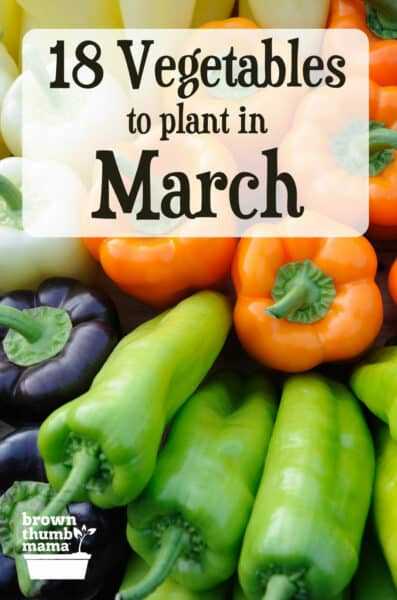
After transplanting, water the seedlings thoroughly to help them establish in their new environment. Keep the soil consistently moist, but not waterlogged, during the initial period. Additionally, protect the young seedlings from extreme weather conditions, such as strong winds or heavy rainfall, by using row covers or plant shelters. Monitor the plants closely and provide necessary support or staking as they grow.
Following these steps will ensure a successful transplant of your seedlings, allowing them to thrive and produce a bountiful harvest.
“Question-Answer”
What are the best vegetables to plant as seedlings in March?
In March, it is best to plant vegetables such as tomatoes, peppers, eggplants, and lettuce as seedlings. These vegetables thrive in the cooler temperatures of early spring and can be transplanted outdoors once the weather warms up.
How do I start vegetable seedlings indoors in March?
To start vegetable seedlings indoors in March, you will need seed trays or pots, seed starting mix, seeds, and a warm location with plenty of light. Fill the trays or pots with seed starting mix, plant the seeds according to the packet instructions, and keep them moist and warm until they germinate. Once the seedlings have sprouted, provide them with adequate light and gradually acclimate them to outdoor conditions before transplanting them into the garden.
Can I plant carrots as seedlings in March?
No, carrots are typically direct-sown into the garden rather than started as seedlings indoors. Carrot seeds can be planted directly in the garden as soon as the soil can be worked in the spring. They should be sown thinly and kept well-watered until they germinate. Carrots can also be succession planted throughout the growing season for a continuous harvest.
Should I use grow lights for my seedlings?
Using grow lights for seedlings can be beneficial, especially if you don’t have access to a sunny windowsill. Grow lights provide the necessary light spectrum for healthy seedling growth and can help prevent leggy and weak plants. If using grow lights, make sure to position them close to the seedlings and adjust the height as the plants grow to maintain the ideal distance for optimal light absorption.
How often should I water my vegetable seedlings?
Seedlings should be kept consistently moist but not waterlogged. Water them as soon as the top inch of the soil feels dry and make sure to use a gentle stream of water to avoid dislodging the seeds or damaging the young roots. It’s best to water from the bottom by placing the pots or trays in a shallow tray filled with water and allowing the soil to soak up the moisture.
What are some common mistakes to avoid when starting seedlings in March?
Some common mistakes to avoid when starting seedlings in March include overwatering, not providing enough light, starting the seeds too early, and transplanting the seedlings outdoors too soon. It’s important to strike a balance with watering, provide adequate light either through a sunny windowsill or grow lights, follow the recommended planting dates for each vegetable, and harden off the seedlings gradually before exposing them to the outdoor elements.
Can I plant seedlings outdoors in March?
While some hardy vegetables can be planted outdoors in March, it is generally recommended to start seedlings indoors and transplant them outdoors once the weather warms up and the risk of frost has passed. Planting seedlings outdoors in March may expose them to unpredictable weather conditions, including frost and cold temperatures, which can damage or kill the young plants.







